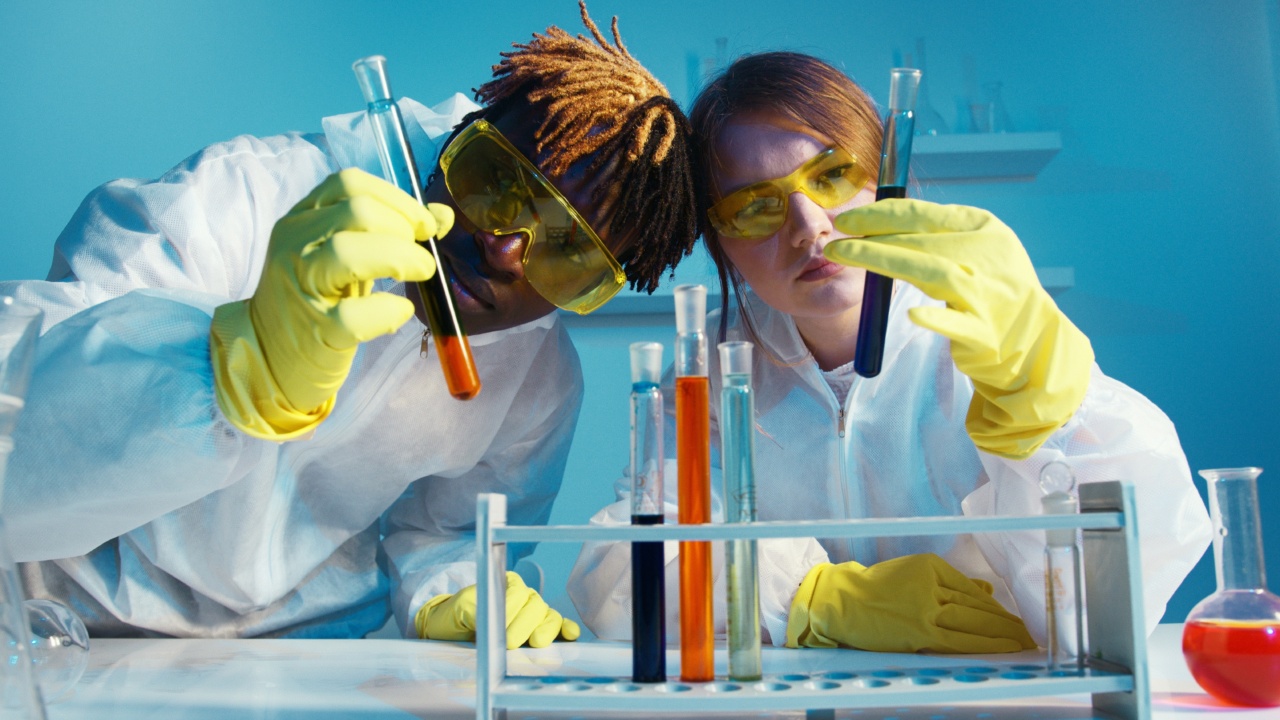Human papillomavirus (HPV) is a sexually transmitted virus that affects both men and women. HPV is the most common sexually transmitted infection and can cause cancer in both men and women.
In this article, we will examine the risk of HPV and its relationship with cancer in both genders.
What is HPV?
HPV is a virus that affects the skin and mucous membranes, infecting the cells in those areas. There are over 100 different types of HPV, and some of them can cause cancer, while others cause warts.
How is HPV transmitted?
HPV is transmitted through sexual contact, including vaginal, anal, and oral sex. It is important to note that HPV can be transmitted even when there are no visible symptoms or signs.
It is not just a disease that affects promiscuous individuals, and anyone who is sexually active can contract HPV.
HPV and Cancer in Women
HPV is responsible for almost all cases of cervical cancer in women. The HPV virus can cause changes in the cells of the cervix that can eventually turn into cancer.
The good news is that there is now an HPV vaccine that can help prevent the types of HPV that cause cervical cancer.
HPV and Cancer in Men
Men can also develop cancer as a result of HPV infection. HPV can cause cancer in the anus, penis, and throat. Anal cancer is more common in men than in women, especially among men who have sex with men.
Preventing HPV and Cancer
The best way to prevent HPV infection is by getting vaccinated. The vaccine is recommended for both boys and girls, and it can be given as early as age nine.
It is also important to practice safe sex by using condoms and limiting the number of sexual partners.
HPV Testing
HPV testing is recommended for women age 30 and older. The test is usually done at the same time as a Pap test and can help detect any abnormal cells in the cervix that may be caused by HPV.
Treating HPV and Cancer
There is no cure for HPV, but there are treatments available for the conditions that it causes, such as warts and abnormal cells in the cervix. Cancer caused by HPV is treated the same way as any other cancer, with surgery, radiation, and chemotherapy.
Conclusion
HPV is a common sexually transmitted virus that affects both men and women. It can cause cancer in both genders, but there are ways to prevent and treat it.
Getting vaccinated, practicing safe sex, and getting regular checkups can help reduce the risk of HPV and cancer.































